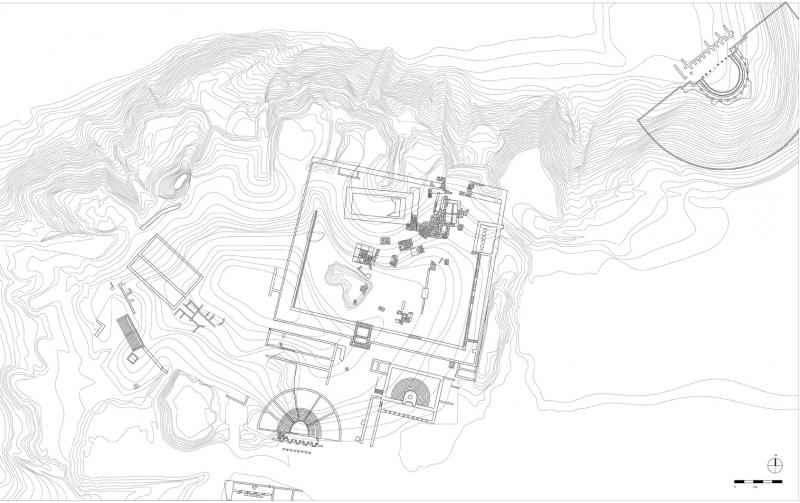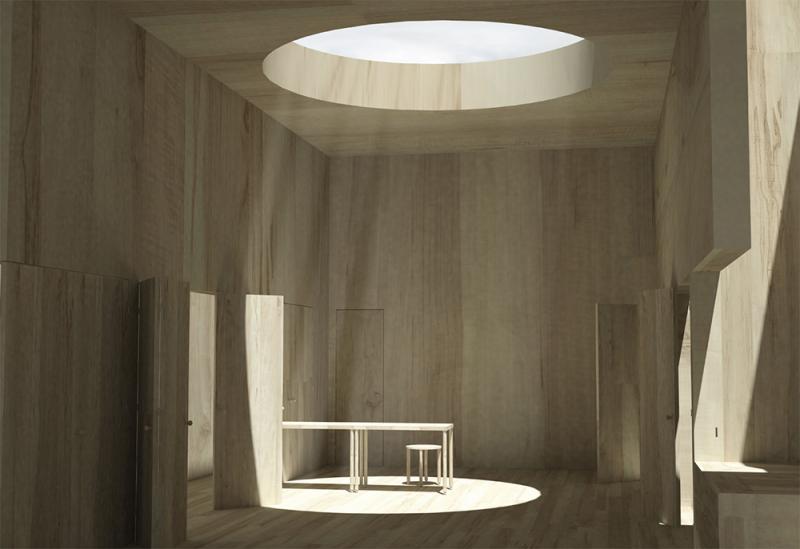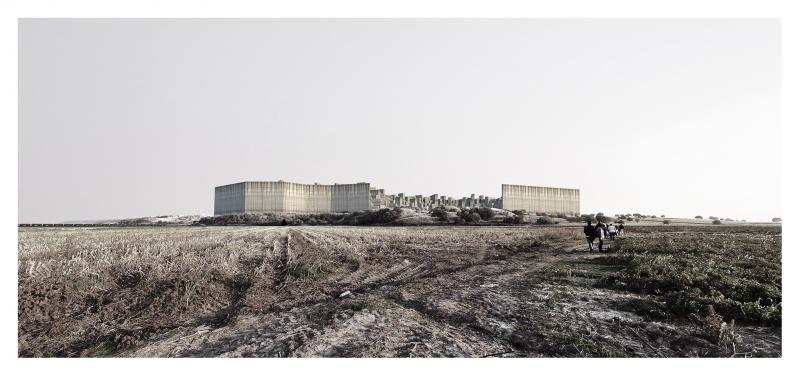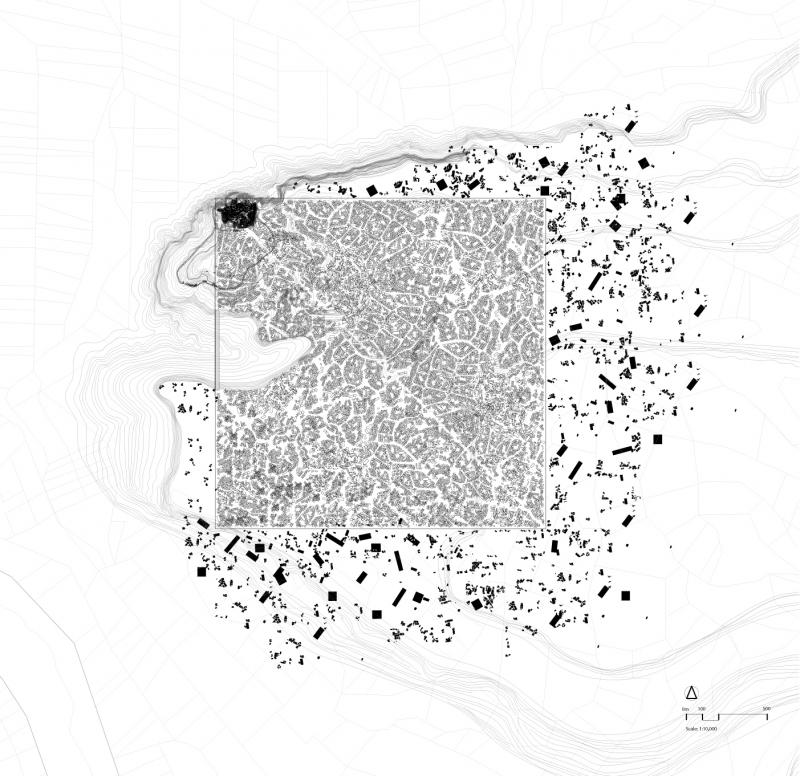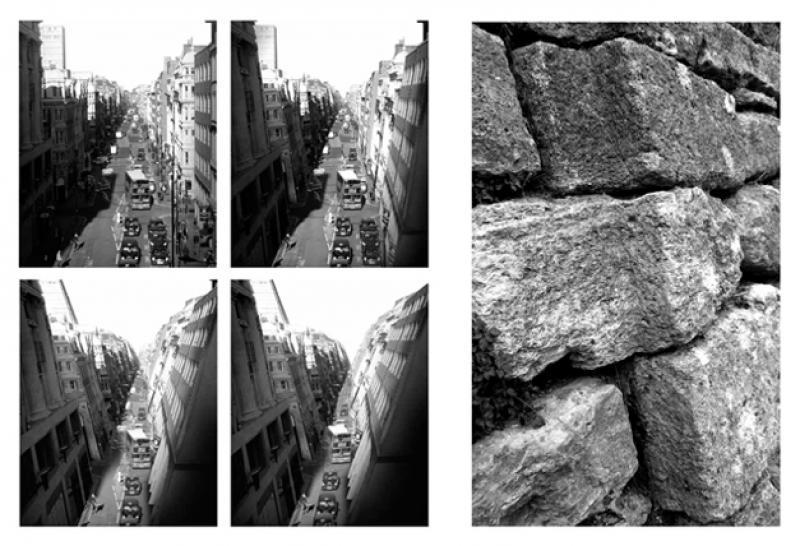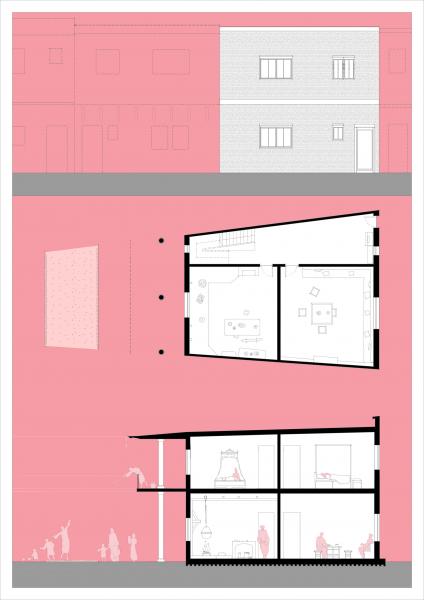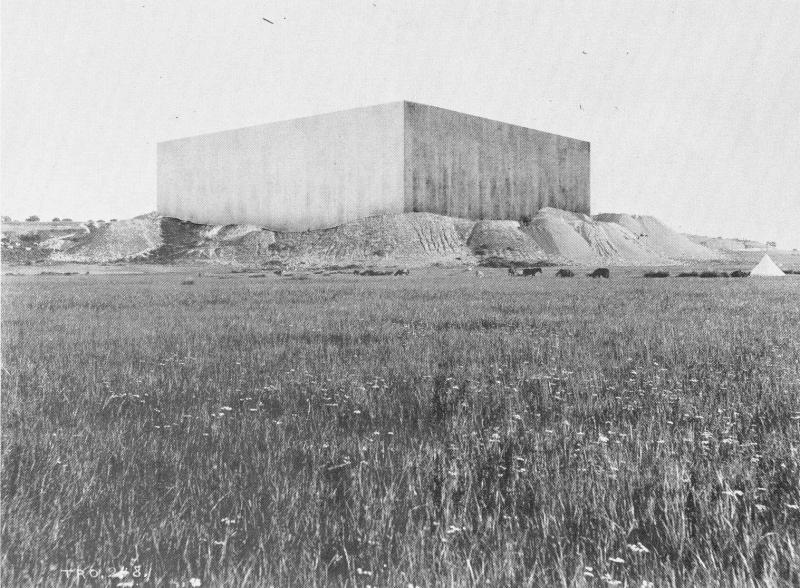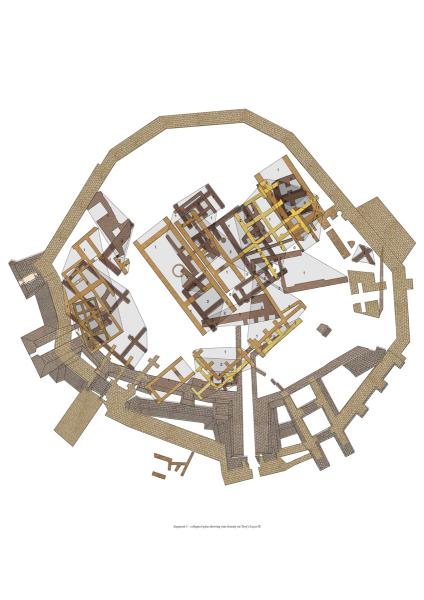When in 1870 Heinrich Schliemann began digging for Homer’s Troy at the hill of Hisarlik in west Turkey he could not have known that over the next 20 years he would reveal nine layers of settlement remains piled up to an artificial mound of significant height. Built one on top of the other between circa 3,000 BCE and 500 CE, Troy contains over three and a half millennia of the rise and fall of different peoples and cultures, from Maritime through Anatolian and Balkan to Hellenistic and Roman.
As a critique on modern-day town planning the ambitious objective of Diploma 3 was to ‘reboot’ the western city by drawing on the intriguing history of the hill of Hisarlik and reoccupying it with a self-sufficient city for 100,000 inhabitants of multi-cultural backgrounds – the tenth layer of Troy.
Inspired by the oldest and most influential work on architecture in existence, Vitruvius’ Ten Books on Architecture written in 15 BCE, the venture oscillated between two scales – building design and urban design. Due to this, the designs spanned from infrastructure to facade sections as well as furnished plans, making the unit initiatives inevitably fragmented and unlike typical building or masterplan projects.
Broken down into eight ‘fragments’, each of three weeks’ duration, the architectural project was situated within the bigger picture of a range of contemporary urban issues: from multi-generational housing to the growth of city without sprawl; from urban mathematics to the fuelling and feeding of the city; from approaching and entering the city to the protection of the hinterland; and from post-fossil transport to the reintegration of domestic farm animals into the city. In the final term these fragments were then interpreted and assembled with an ‘archaeological’ approach.
With a focus on conceptual rigour and experimental buildings, Diploma 3 is not interested in imitating any particular architectural design style. Instead it aims for inventive and unprecedented solutions, and for architectural form as result rather than anticipated intention.
Unit Advisors
Max Fordham
Hilary Koob-Sassen
Lesley MacFadyen
Critics
Pier Vittorio Aureli
Giles Bruce
Barbara Campbell-Lange
Alfredo Caraballo
Javier Castañón
Sarah Considine
Jago Cooper
Mark Cousins
Oliver Domeisen
Mehran Gharleghi
Maria Giudici
David Grandorge
Eugene Han
Hugo Hinsley
Hilary Koob-Sassen
Lesley MacFadyen
John Palmesino
Christopher Pierce
Arturo Revilla
Irénée Scalbert
Brett Steele
Charles Tashima
Adam Towle
Alex Warnock-Smith
Mike Weinstock
Andrew Yau
Christoph Zeller
Special thanks to
Ernst Pernicka
Thomas Weaver
